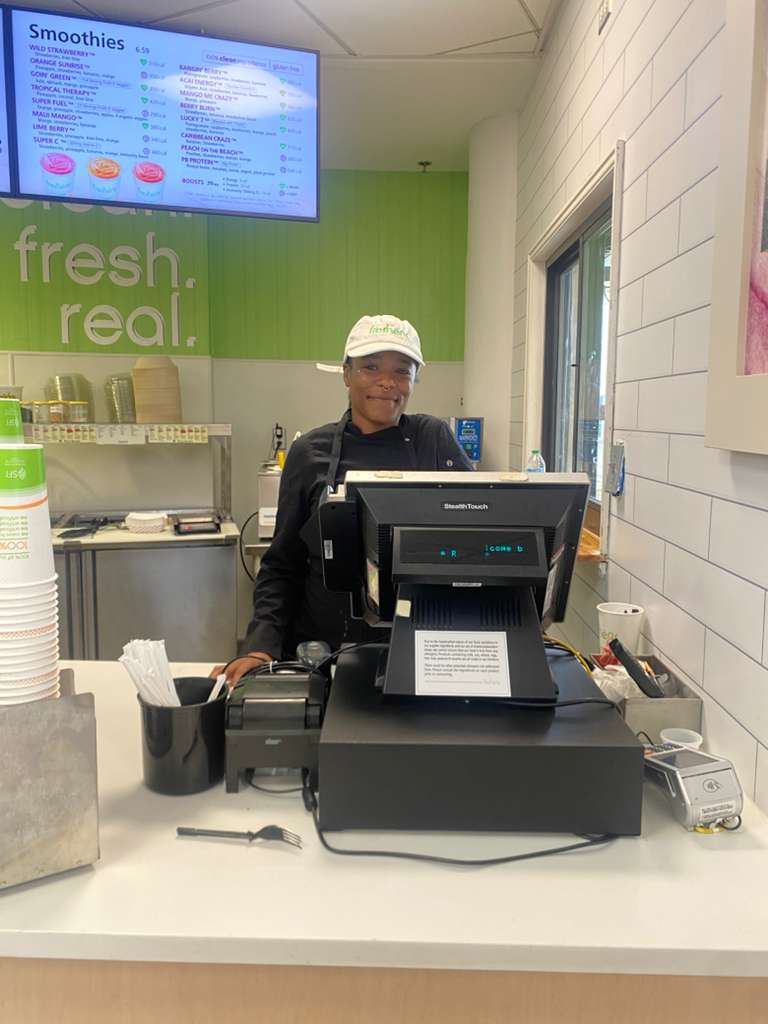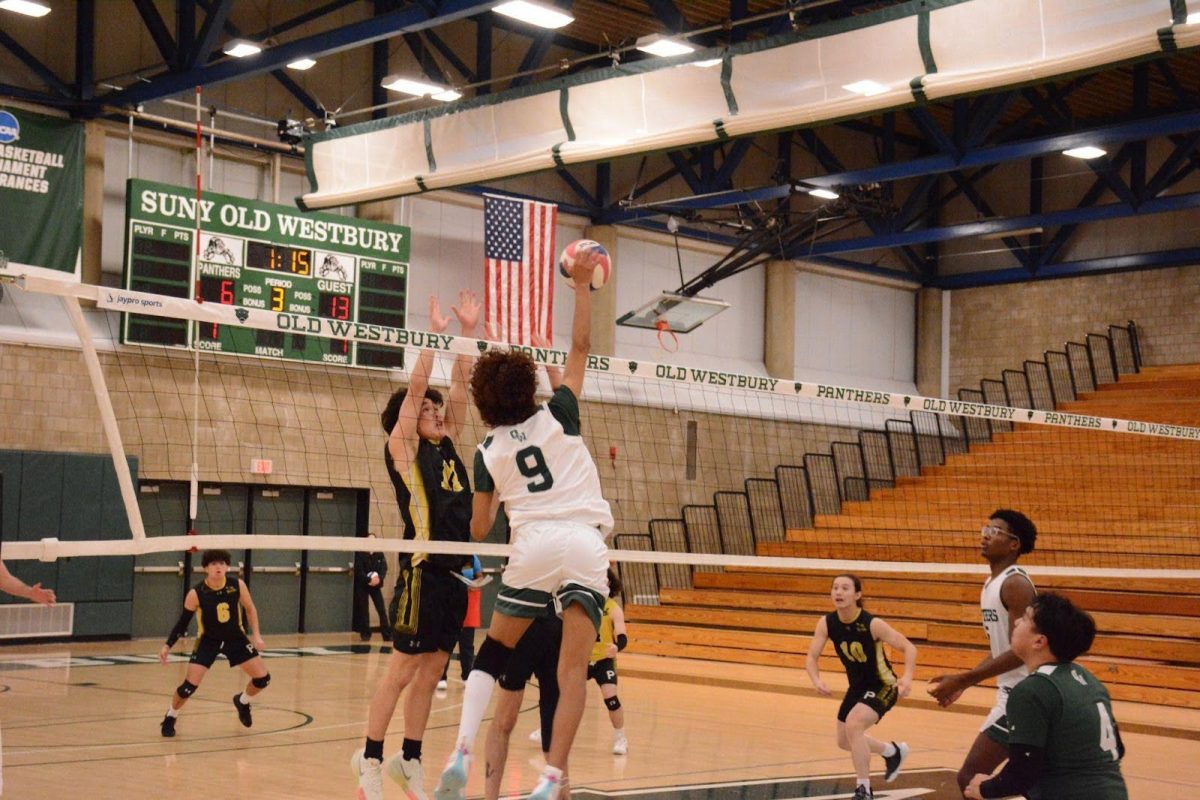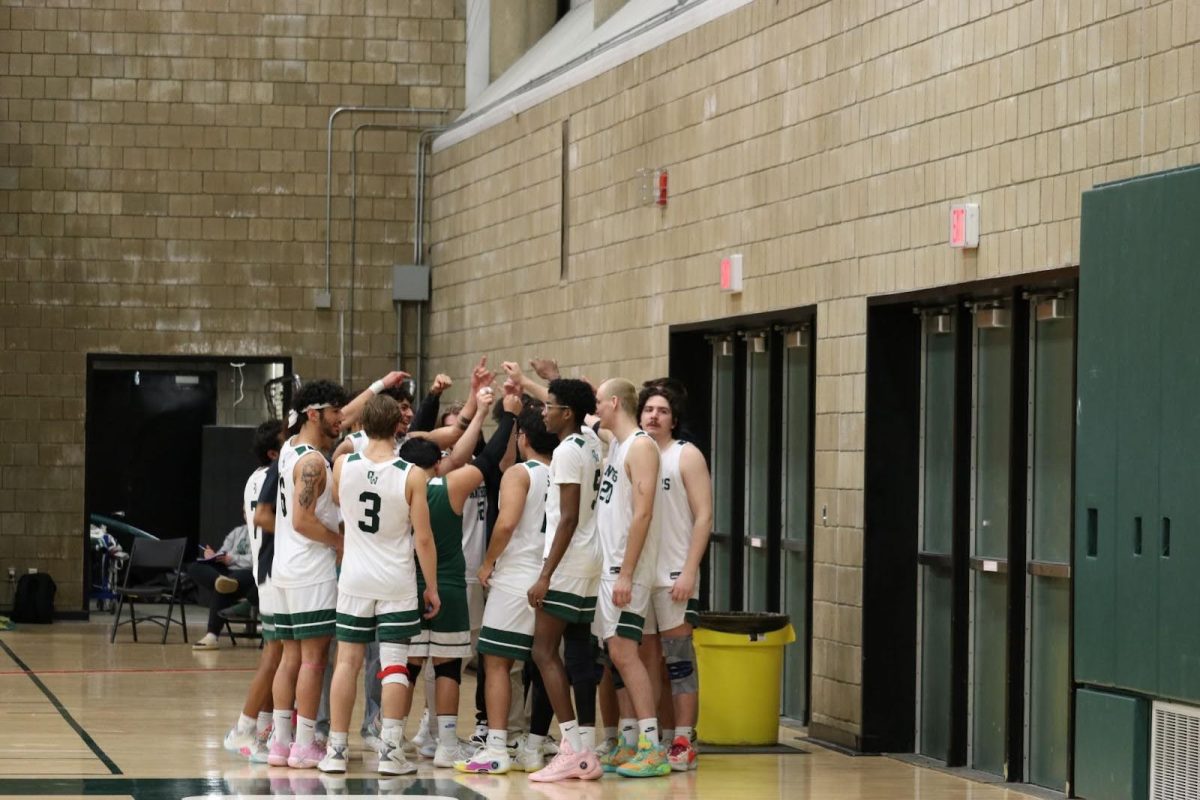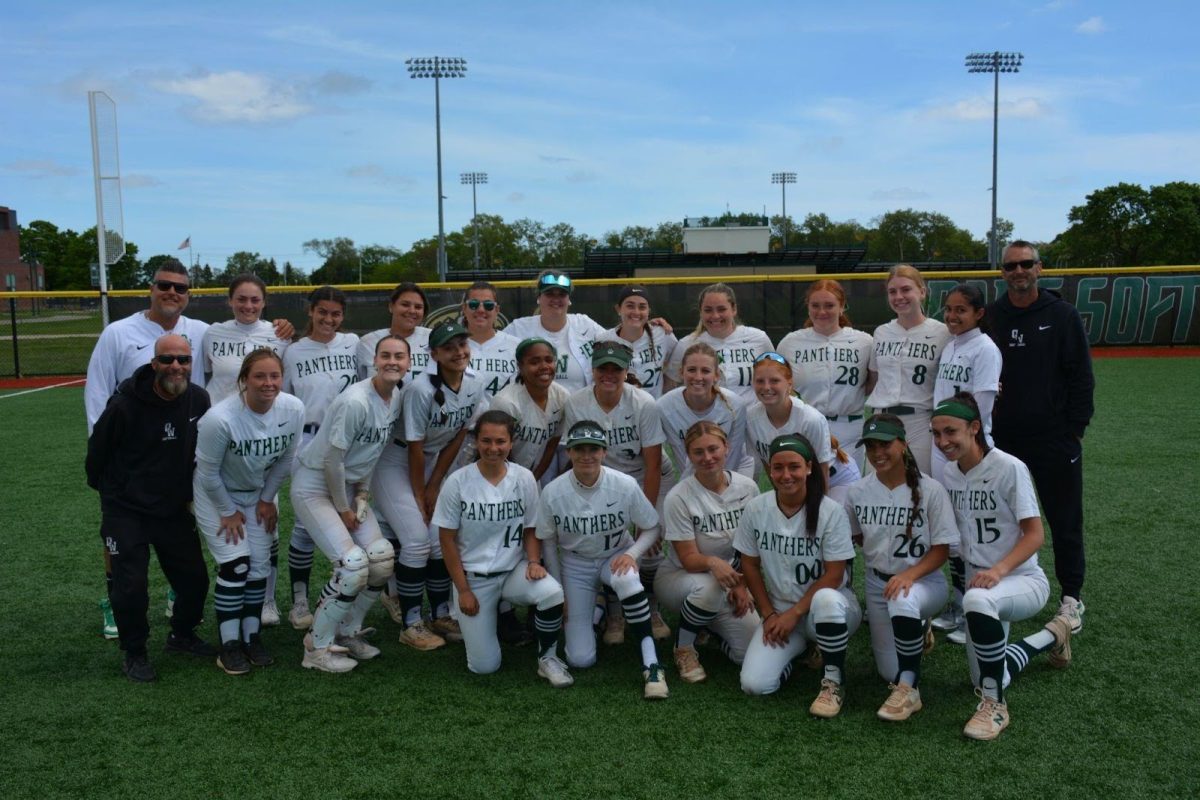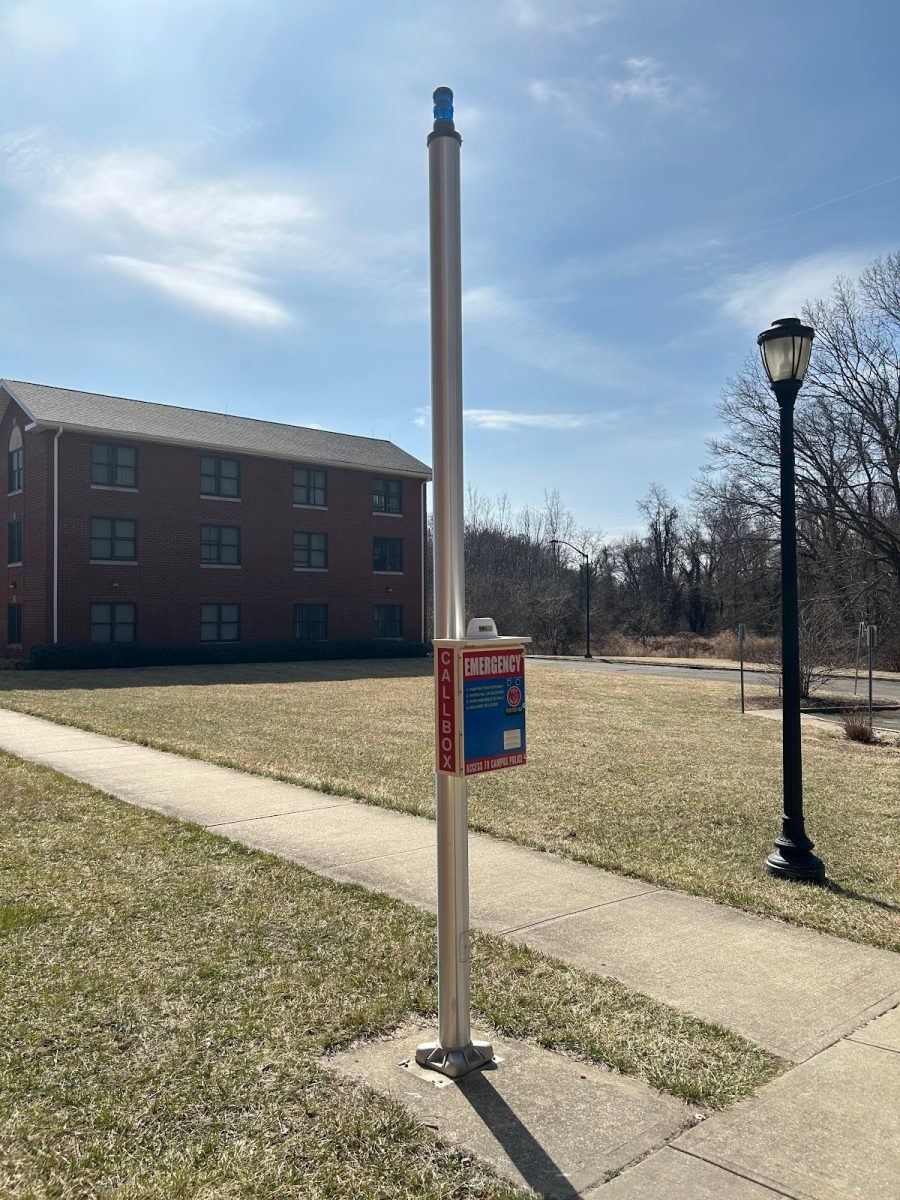Mental health has always been a stigma. Many students who are in middle school and high school often deal with anxiety and/or depression. Though students can present behavioral symptoms, not many ask for help. Ever since students began learning online, coping with mental health concerns has not been straightforward. Some students haven’t been able to keep up with their work; while others do not have enough resources. According to recent statistics, mental health issues among students have seen a recent sharp uptick, including stress, anxiety, depression, and PTSD, which can be attributed, according to experts, to being isolated at home during the Covid-19 pandemic.
According to a report from the National Alliance on Mental Illness, one in six children between the ages of 6-17 experience mental health issues, and the second leading cause of death is suicide. Mental health issues have risen recently. Since Covid began, the CDC held a survey between April and June, resulting in a 40 percent increase in encountering a behavioral disorder.
Schools around the U.S. shut down, which made everything very challenging. During quarantine, many felt alone; some felt lonely, while others had to quarantine themselves, yet others felt as if there was not a lot to do. Covid has brought all kinds of emotions out for some. Some students are not capable of learning remotely, and others find it challenging to pay attention.
There are other cases where students might not be able to complete assignments due to unstable internet connections. The report of the Census Bureau data cites that 17 percent of students cannot complete the assignment because they do not have an internet connection. People of color disproportionately lack the technology to learn. For example, people of color and the Hispanic community have a higher rate of having a low internet connection because of financial problems.
Anxiety and Depression are some of the most common mental disorders found in teens. This pandemic not only has affected many lives but continues to strike many teenagers. Several of these challenges arise together because it affects students’ grades, which will then alter their emotional and mental state.
Our society has played a massive factor in the way we perceive our social life. Most teens have a routine, and part of that routine is spending time with friends. Since Covid regulations suggested to be six feet apart, many cannot spend physical time with friends. While many used to rely on one another each day, it became difficult to be alone once it was over. Some teens become depressed even though there are texting and video chatting options with their friends. The connection does not feel the same for them. Having a peer connection is vital for students because it helps them build their self-esteem. Maintaining a friendship can help students cope with negative thoughts. Nevertheless, students continue to adapt and struggle throughout this new learning process.
Students not only have to juggle the academic side, but they also must learn how to cope with family pressure, meeting deadlines, but also learning how to use different apps to complete assignments.
Lastly, though Coronavirus continues to affect half the nation, teens will continue to be impacted because not only will their education be influenced, but also their mental stability. Returning will be a challenge, but it is hopeful to find a better outcome for everyone.






